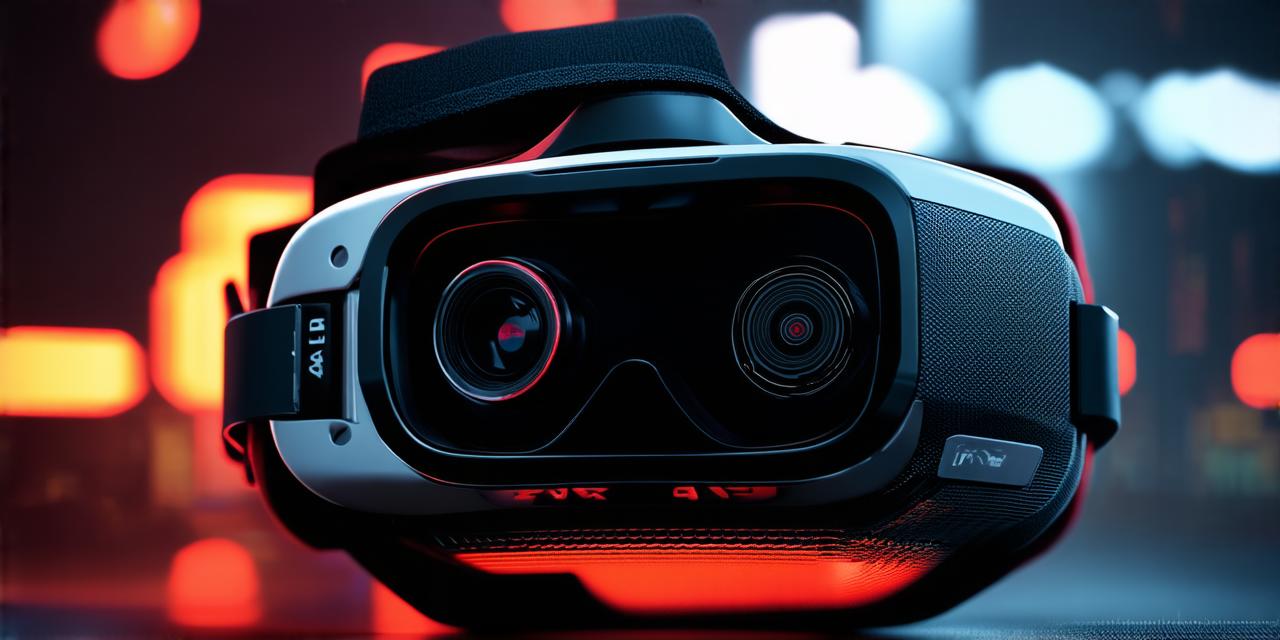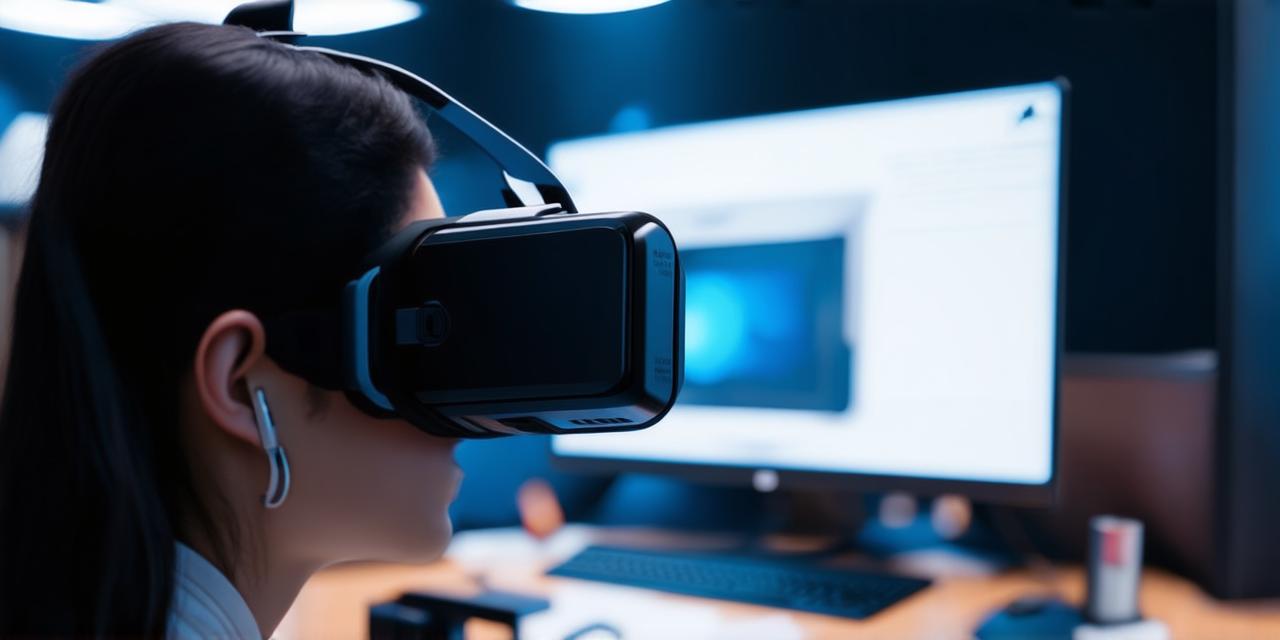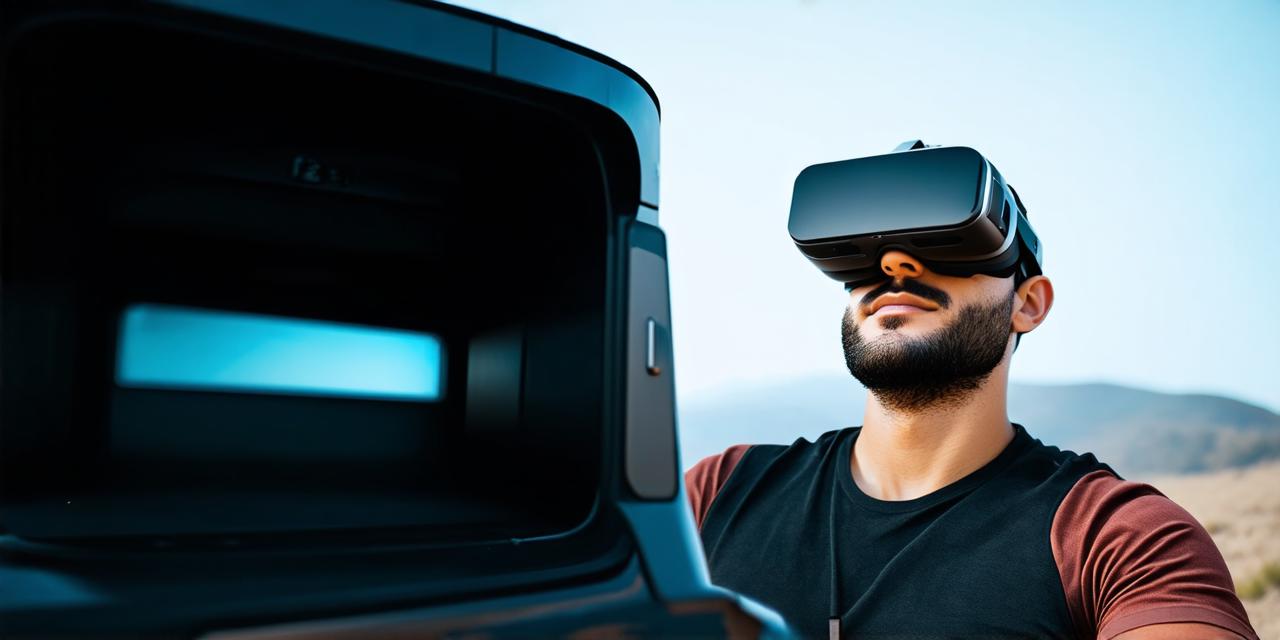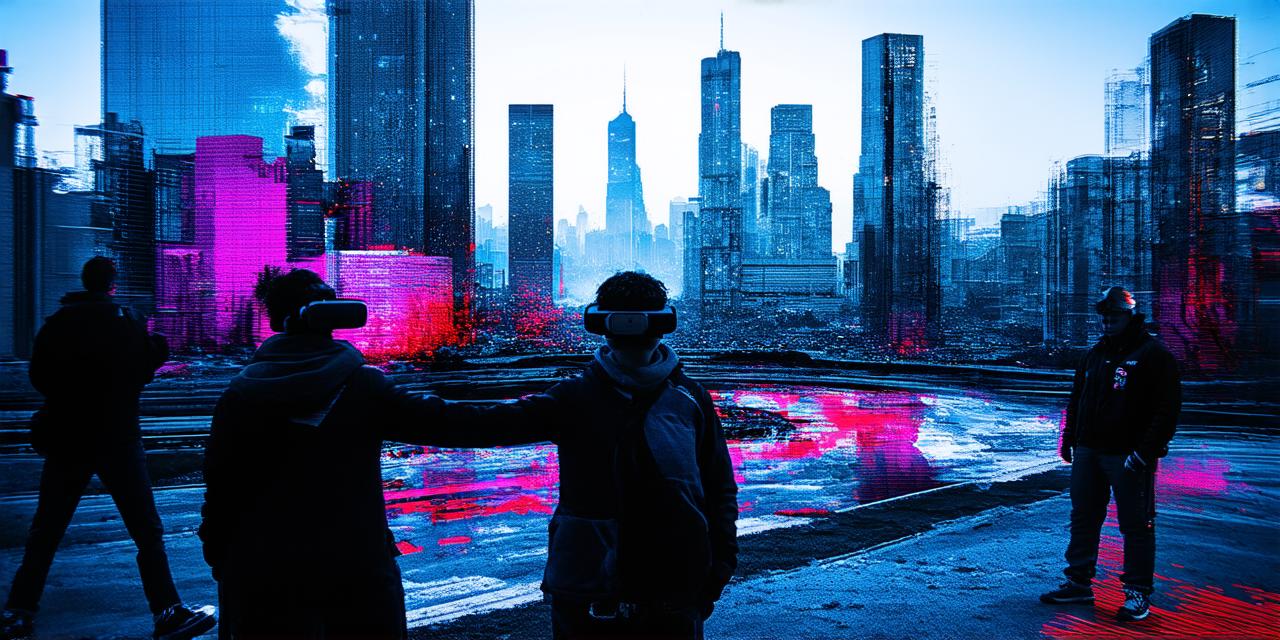Virtual reality (VR) is rapidly gaining popularity and is expected to become an integral part of our lives in the future. It has already been used in various fields such as gaming, education, healthcare, and real estate. However, developing VR programs can be a challenging task, especially for AR developers who are new to the field.
Step 1: Understand the Basics of Virtual Reality Programming
Virtual reality programming requires a unique set of skills that are different from traditional programming. It involves creating an immersive environment for users, which requires understanding concepts such as 3D modeling, texturing, and animation. Additionally, VR programs require knowledge of programming languages such as C++ and Unity.
To get started with VR programming, it is recommended that you take online courses or attend workshops that focus on the basics of VR programming. There are also various tutorials and resources available online that can help you learn the basics of VR development.
Step 2: Choose Your Tools and Platform
There are several tools and platforms available for developing VR programs, including Unity, Unreal Engine, and A-Frame. Each platform has its own strengths and weaknesses, so it is important to choose the one that best suits your needs.
For example, Unity is a popular choice for beginners as it is easy to use and has a large community of developers who provide support and resources. On the other hand, Unreal Engine is known for its high-quality graphics and is suitable for more advanced VR development.
Step 3: Design Your VR Environment
The design of your VR environment is critical to the success of your program. It is important to create an immersive and interactive environment that engages users and keeps them coming back for more. This involves understanding user behavior and designing the environment in a way that meets their needs and expectations.
To design your VR environment, you can use tools such as 3D modeling software, texturing tools, and animation software. It is also important to consider factors such as lighting, sound, and motion sickness when designing your environment.
Step 4: Develop Your VR Program
Once you have designed your VR environment, it’s time to start developing your program. This involves writing code and integrating various components such as 3D models, textures, and animations.
It is important to test your program regularly and make adjustments as needed to ensure that it runs smoothly and provides a seamless user experience. Additionally, it is important to consider performance optimization when developing VR programs, as low frame rates can cause motion sickness and negatively impact the user experience.
Step 5: Launch Your VR Program
Once you have developed your VR program, it’s time to launch it and make it available to users. This involves submitting your program to various platforms such as the Oculus Store or Steam.

To ensure success, it is important to market your program effectively and reach out to potential users through social media, gaming forums, and other channels. Additionally, it is important to gather feedback from users and make adjustments as needed to improve the user experience.
Best Practices for VR Program Development
Here are some best practices for VR program development:
- Keep the user in mind when designing your environment.
- Optimize performance to ensure a smooth user experience.
- Test your program regularly and make adjustments as needed.
- Consider user feedback and make changes as needed to improve the user experience.
- Stay up-to-date with the latest developments in VR technology and tools.
Summary
Developing virtual reality programs can be a challenging task, especially for AR developers who are new to the field.




